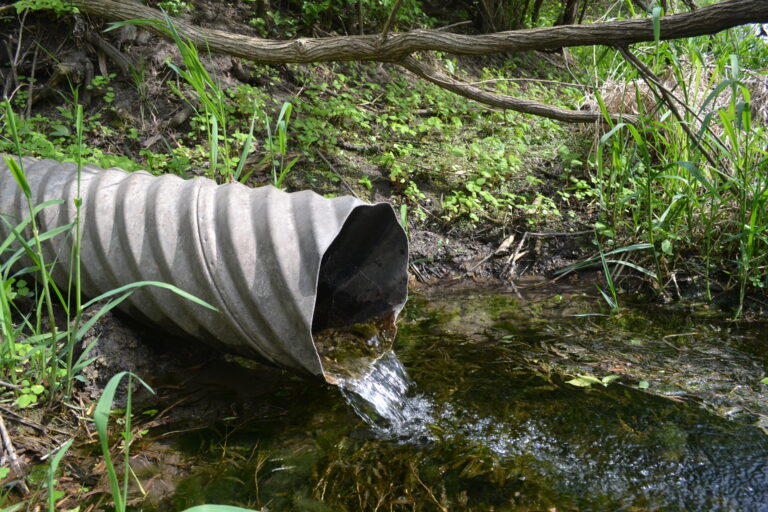SPRINGFIELD — Illinois is the latest Midwestern state to earmark funding for a program to reduce nutrient runoff from farmland into waterways.
It’s the first time the state has dedicated money to its Nutrient Loss Reduction Strategy (NLRS). Twelve states within the Mississippi River basin have similar strategies in place, and some, like Iowa, have already funded their programs.
“It really is tremendous, especially during this really difficult past year and the budget challenges that the state has faced, to say, ‘Hey, we got some new funding here,’ is really huge,” says Max Webster, Midwest policy manager with the American Farmland Trust.
The basic goals of the Illinois NLRS are to cut nutrient loads almost in half and decrease the state’s contribution to the hypoxic zone in the Gulf of Mexico. However, since its adoption in 2015, nutrient loads have increased. Webster says the additional $3.5 million could help reverse that trend.
“Long term, there’s a lot of work that needs to happen, especially in the next few years, to approach those interim goals,” he says. “But this is a nice step in the right direction.”
The new funding will go toward monitoring water quality and checking in on the state’s progress in meeting its goals. A portion of the funding is discretionary, too.
Illinois has funded conservation programs that result in farm runoff reduction in the past, including a cover crop incentive program, which has gained popularity since its introduction. But this pot of money earmarked for the NLRS is brand new. However, it’s only one year of funding.
“We don’t have that long-term dedicated funding like other states do, and so this work is really kind of a foundation to build upon to try to get some of those resources in place,” Webster says.
Other Mississippi River basin states, including Iowa, have dedicated millions of dollars in long-term funding to their strategies. But despite the funding, Iowa still isn’t on track to meet its nutrient loss reduction goals.
“The state of Illinois…by itself, won’t be able to solve this problem. The state of Illinois is taking a step towards being a part of the solution,” says Steve Stierwalt, a central Illinois farmer and executive board member of the National Association of Conservation Districts. “But when we’re talking about nutrients in soil, it’s the whole Mississippi watershed.”
Stierwalt says while having dedicated funding from the state is a good start, a federal program to reduce nutrient runoff would be much more impactful.
Follow Dana on Twitter: @DanaHCronin
9(MDM5MjE5NTg1MDE1Mjk1MTM5NjlkMzI1ZQ000))

